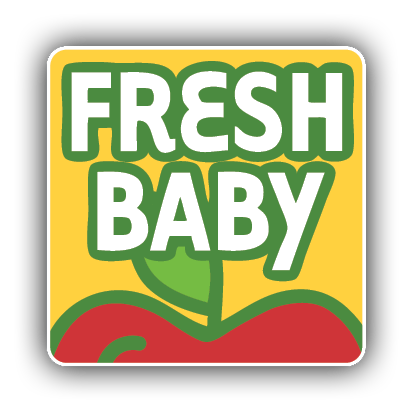
You may not have ever given much consideration to turning the tap on, filling a glass, and drinking the water in your home. But a report released by US Geological Survey may give you reason to think again. This report concluded that nearly all waterways in the United States are contaminated with pesticides. Though, the study found that most drinking water supplies are not affected yet and these contaminants have not reached levels that can harm humans.
Currently, the EPA is responsible for setting standards for acceptable levels of more than 90 known water contaminants (there are many more than 90 commonly found in water). As you might expect monitoring the water supply is much of a work in progress. As research provides evidence of risk for harmful contaminants or new contaminants, the EPA revises acceptable level standards. This effort takes a lot of time and a lot of money. To date, nearly all research done in this area is related to adults. It was only in 1996 that EPA placed special emphasis on the effects of water contaminants on children.
By weight, children drink more fluids than adults and they have less developed immune systems, which make them vulnerable to fighting off bacteria. They may also be more susceptible to chemical contaminants that affect learning, motor skills, and sex hormones. For these reasons, you may think twice about your little ones drinking your tap water, because it may contain contaminants that are harmful. To date, the EPA has identified five contaminants to be particularly sensitive to children. These contaminants are nitrates, lead, copper, microbial contaminants, and disinfectant bi-products (these are by-products of water treatment).
Water is an essential nutrient. It is responsible for transporting nutrients to the body, regulating body temperature, keeping joints moist, and ridding the body of waste products. If you are concerned about the quality of your water, here are few things that you can do:
- Ask your local municipality for a copy of the water health report. If the plumbing in your home is old or you have other reasons for concern, have your water tested by a professional. Boiling water is not a solution to removing lead or copper.
- Install a water treatment system in your home. There are many affordable options and they are very effective in removing water contaminants, including pesticides. Home water treatment options range from pitchers to entire home systems.
- Switch to a high quality bottled water. Beware, not all bottled water is contaminant-free. By regulation, the quality of bottled water must be as good as tap water, and much of it comes from municipal supplies (someone else’s tap water). Call the bottler to find out specifics of their processing and what contaminants are removed.
- If you have a private well, the EPA does not monitor your water supply – you do. Take responsibility and have your water checked annually. Water taste and smell are not indicators of quality. Most contaminants are colorless and odorless.
Flouride: If you choose bottled water, a home water treatment system, or live in an area where your water is not flouridated, your child MAY need a fluoride supplement. These are available by prescription only and fluoride requirements vary by age. You should consult your child’s healthcare provider to discuss the issue.


